Enthusiasm for the Game Boy and its games lives long after its release more than 30 years ago, and there are certain games that almost command a mythical lore to them. Shantae for the Game Boy Color is one of those games. Developed by WayForward, the game featured amazing graphics and gameplay, but it’s release late into the Game Boy’s life cycle caused it to mostly become a missed gem. It later turned into a highly sought after cart, with online auction prices for a complete in box unit exceeding that of a modern console.
Many of us only dreamt of being able to play an official copy of Shantae, but last year the team at WayForward surprised us. Collaborating with Limited Run Games, a physical run of the original game was announced allowing many players to be able to own an official copy that runs on original hardware. While many of us might have been satisfied with this release, the team then one upped themselves with yet another shocking announcement – having hired the expertise of Dimitris Giannakis (best known as Modern Vintage Gamer from his YouTube Channel), Shantae would now be available as a port for the Nintendo Switch!
As you can imagine, this was an extremely exciting announcement for us at GB Studio Central. Many of the members in our community have the hope of the games we develop being ported to consoles, and this was proof that it was possible to do so. We immediately sought out the team that brought the Carbon Engine to life and we were overjoyed that all three parties agreed to this article. We spoke with Joe from Limited Run Games, Dimitris, and and Series Director/Co-creator Matt Bozon from WayForward. Here’s what our correspondence over email looked like.
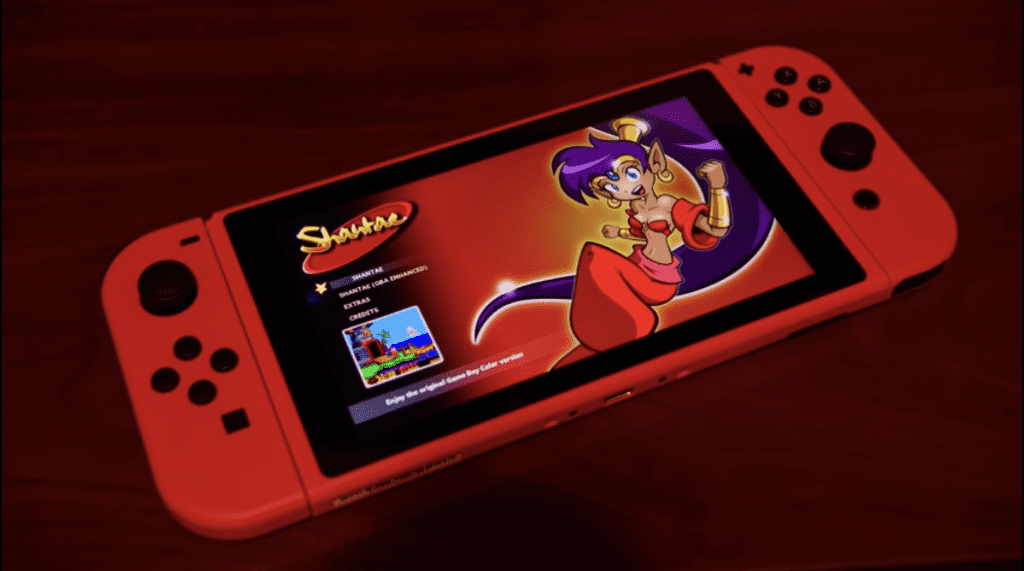
Why was Shantae ported to the Switch, and how did this collaboration begin?
Joe: There’s a lot of interest in retro games and legacy hardware at Limited Run. Giving our development partners an opportunity to revisit their legacy software is something that was brought up at LRG a handful of times, and when the conversation started to explore options to deliver on this I became very invested. In general this sort of work was a dream project for me and I was very passionate about finding a way to make it happen.
The first step was finding a development partner. I was very familiar with MVG already as a fan of his content, and he struck me as the type who would be both skilled enough to pull this off and passionate enough to care about the quality of the end product.
MVG: Back in 2019, I released a homebrew port of Diablo for the Nintendo Switch. At the time I didn’t think anything of it, but it ended up getting picked up by some media outlets and the port got a ton of attention. I wasn’t certain if this would be a problem, as it may have gotten Nintendo’s and/or Activision’s attention, and possibly resulted in some DMCA takedowns. Thankfully nothing came out of it. However, a month or so later I received an email from Joe, the development director at Limited Run Games, specifically mentioning the Diablo video and asked if I’d be interested in building an emulation engine to support older Game Boy and Game Boy Color games for the Nintendo Switch. At the time I didn’t know what game they were looking at (I hadn’t signed the NDA yet) but I’ve always wanted to break into the games industry so I jumped at the opportunity and said yes.
Matt: On the WayForward side, fans had been asking us to port or re-release of the original Shantae for many years, ever since the series started gaining popularity. Many fans had the opportunity to play games two through four, but only a small group had ever experienced the original. Used copies were too expensive, and the game was not friendly to emulators, so there were very few options for new fans.
Why was preserving this game important?
Joe: Shantae specifically has a lot of things going for it. It’s technically impressive on its original hardware, still fun to play, and has an audience regularly looking for a legal and high-quality way to acquire it. This is a game a lot of people missed out on and delivering an accurate and accessible way of playing it that supports the original creators matters greatly to us.
Game preservation is incredibly important to me. There is an almost infinite wealth of knowledge and fun experiences to have with legacy software, and having that software accessible is something I don’t think the industry has been taking seriously enough. Even from just a business perspective, there’s so much drive to consume content without a legal way to obtain it. Highly demanded titles and valuable educational material are withheld by people that don’t even realize there’s a market for their content or don’t have the means to distribute it on modern platforms. My hope is that we’re able to develop something that allows more developers to provide lost or legacy content with less barriers in a way that lets us revisit oddities and classic gems alike. To me it’s important to get more eyes on more games for a variety of different reasons, and to just keep the conversation going about retro games with each new generation of hardware.
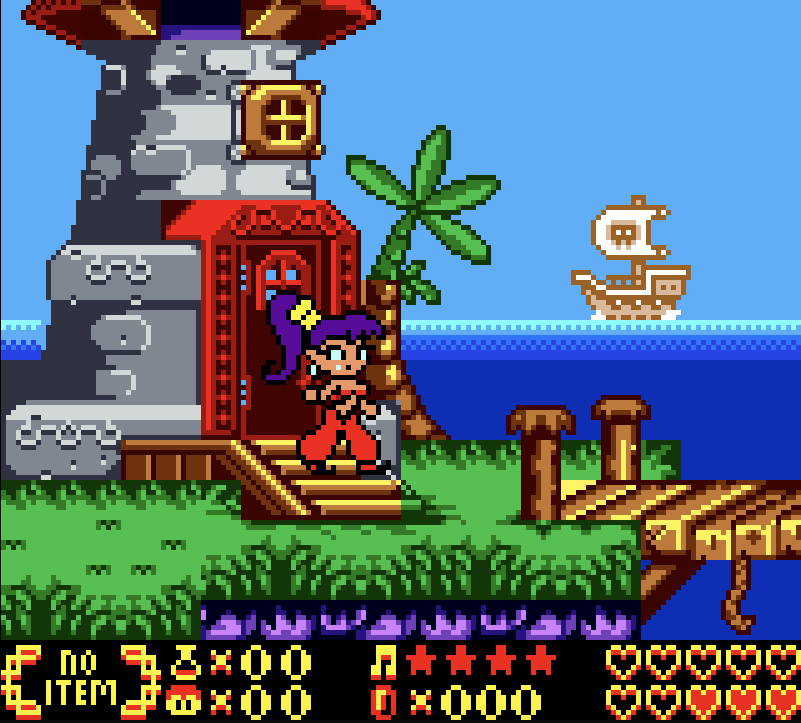
Matt: This game is very personal to me and Erin Bozon (Shantae’s Creator). It represents a unique time in our lives, working with programmer Jimmy Huey and a tiny team to make this labor of love. It’s nice to see it preserved so that more people can enjoy it!
MVG: Shantae released late in the GBCs life with a low print run and became very expensive over the years. Being able to revive and bring the original game to fans in 2021 is a great thing. I’m a big advocate for preservation in any form whether it’s a commercial release or homebrew. If there is a way, then I’m always glad to see that. I am really happy that Shantae and many more older retro releases are coming back, and in some cases for the first time.
(To MVG) What tools and/or techniques did you use for this port?
MVG: To facilitate Shantae running on the Switch, we had no access to source code. So at that point you have two choices, Reverse Engineer or Emulation. We chose option 2 and I developed the Game Boy emulation engine from the ground up. This was a personal challenge for me because although I followed and worked on other established emulators over the years, I’d never written my own. This work took around 3-4 months, basically following along with Game Boy hardware documentation. The first goal of building a Game Boy emulator is getting Tetris to run. This is the equivalent of “Hello World”. The game simply fits into the 32k of ROM, does not require any MMC code, the timings can be loose and the game will still run. But that’s only step 1, there’s a lot more work to do, especially ensuring that all the CPU instructions and timings are accurately emulated.
What aspect of the port stands out to you?
MVG: My proudest moment without question was receiving Matt Bozon’s approval. During development I wasn’t sure what to expect, but he’s such a great person and helped us along the way and the result was he was very happy with how it turned out! Technically I would say I’m most proud of the work put in to reduce the input latency as much as possible. Because it IS emulation there will always be some latency not found on the original. However the team and I spent countless hours with the original hardware capturing gameplay and comparing against Carbon, tweaking things to ensure the user experience playing the game on the Switch was of a high standard. I think it turned out great.
Joe: The GBA enhanced version of the game being supported. Up until now, I don’t believe that version has been available on any platform outside of the original hardware.
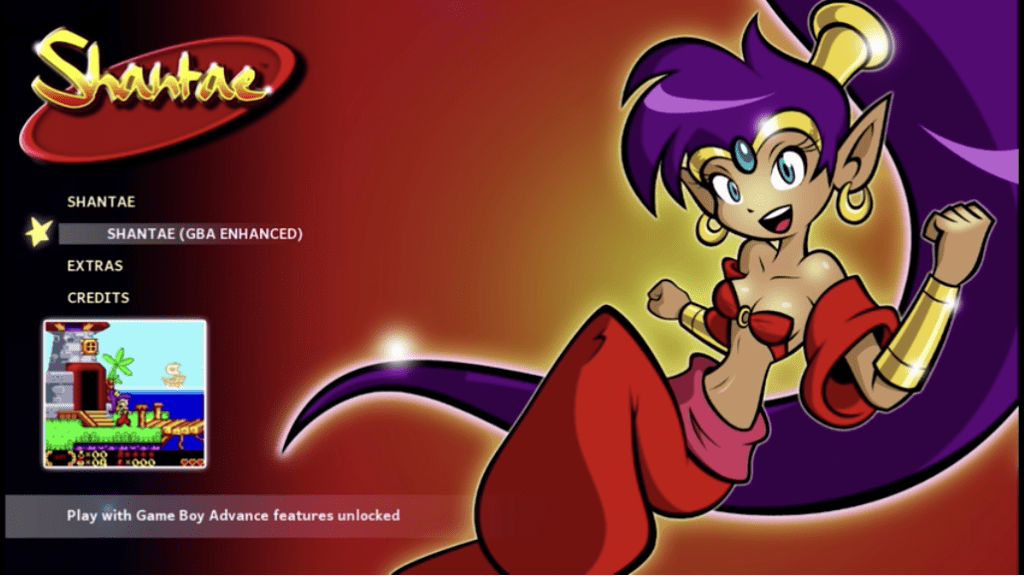
How do you see the future of Game Boy development or preservation, particularly with the Carbon Engine?
Joe: The Switch is a perfect platform to revisit Game Boy games on, and my hope is that more developers recognize the interest in their legacy libraries. I’d like to see both long-running developers and newer homebrew developers expand their interest in the platform in a way that not only allows us to help preserve and deliver legacy games on an accessible modern platform, but also encourage new homebrew development on Game Boy.
MVG: I can’t talk about specifics but we are looking at bringing back more titles with Carbon. As far as Game Boy development, I’m going to continue to promote it on my youtube channel. I’ve received many messages from people inspired to start making games for the GB/GBC once they get a taste of how easy it can be to get started.
If you could port any game to the switch, which one would it be?
MVG: This is a hard question! I’d love to do a double pack of Metroid Fusion and Zero Mission for some classic 2D Metroid goodness. Some of the best games ever made right there.
Joe: The NES version of Willow by Capcom. That’s one of my beloved gems on that platform. If I had to pick a Game Boy game, I’d do the original Game Boy version of Killer Instinct. I’m absolutely fascinated by the Game Boy conversions of 90’s fighting games and KI is my absolute favorite.
Matt: Here’s a weird one. How about Virtual Boy Wario Land, with some optional LABO VR support?
Have you seen or used GB Studio? Do you have any opinions on it?
MVG: Yes! GB Studio is an excellent tool and I see the value in it, particularly if you want to visualize GB gamedev in a modern way. I’ve downloaded and played around with it and I think it’s great. Personally, however, because I’m more ‘old school’, I lean towards using a SDK and a Compiler and I tend to favor GBDK, but I’ve seen some brilliant homebrew developed on GB Studio and I think the community around it is terrific.
Joe: I have not played with it yet, but I’ve had my eye on it. I’m very interested in it and can’t wait to toy around with it myself. Any tools that make it easier for people to explore legacy hardware are invaluable to me.
Matt: I have. It’s a fun tool, and something I’d recommend to anyone who wants to try dipping a toe into some old school game dev!
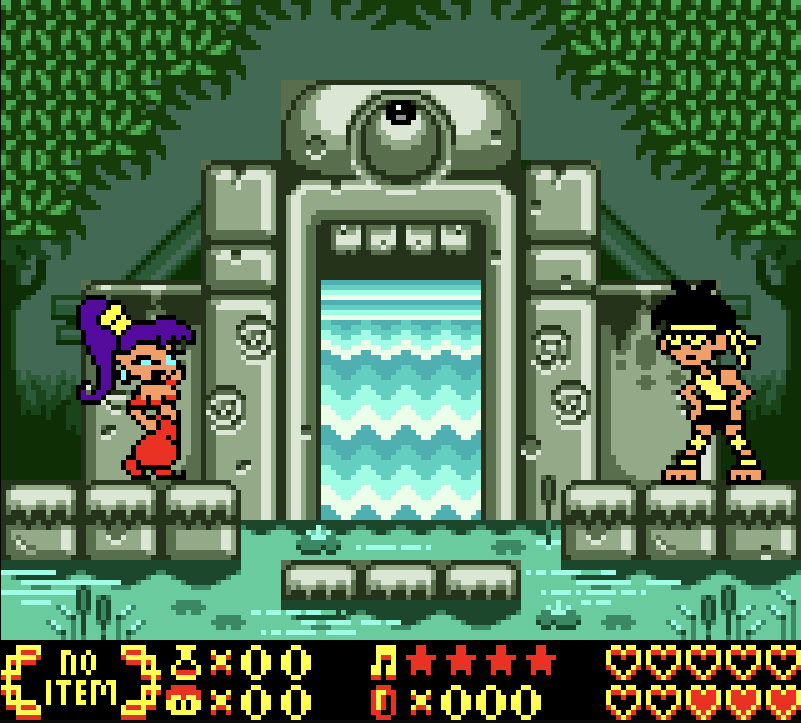
Just for fun, Which Game Boy console is your favourite?
MVG: I have a soft spot for many but if I had to pick one, GBA is my favorite. I’m a huge fan of the hardware.
Joe: Game Boy Color. I want to give you a list of reasons why and pretend that nostalgia isn’t the driving factor but it totally is.
Matt: Ha ha, that’s impossible to answer! Every version was my favorite. But – the main song from Revenge of the Gator (GB) just popped into my head without asking permission.
Anything else you’d like to share or think we missed?
MVG: Thanks for the chat! For your readers who haven’t had the chance to do so yet or were on the fence, go check out Shantae for the Nintendo Switch. It’s available on the eShop and contains both the GBC original and enhanced GBA versions with some neat extras.
You can see more of the details about the development of the Shantae port on Modern Vintage Game’s YouTube Channel, and follow Dimitris on Twitter. You can also follow Joe from Limited Run Games on Twitter as well. Matt Bozon can be found on Twitter too. Finally, you can follow Wayforward on Twitter and Facebook.
Shantae for the Nintendo Switch is available on Nintendo’s eShop.
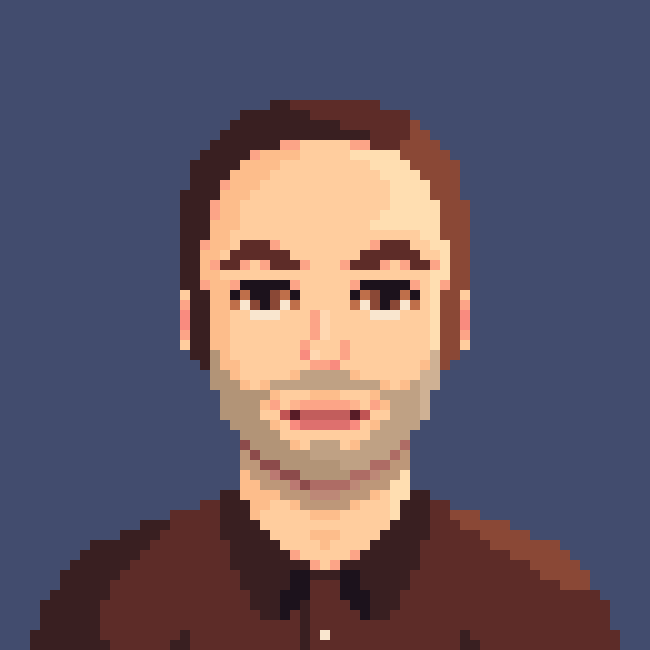
Audio Engineer, Mac Technologist and Video Game Developer. Managing Editor of GBStudio Central. (he/him)

